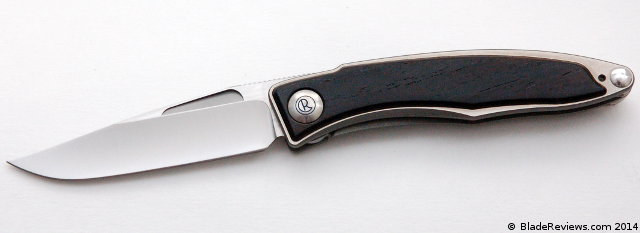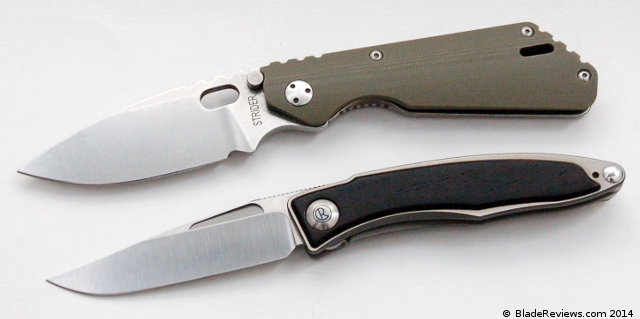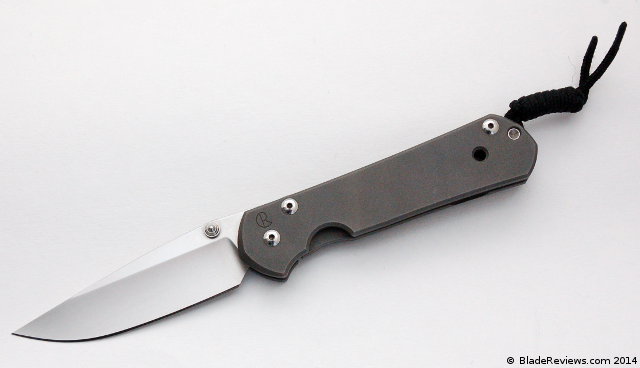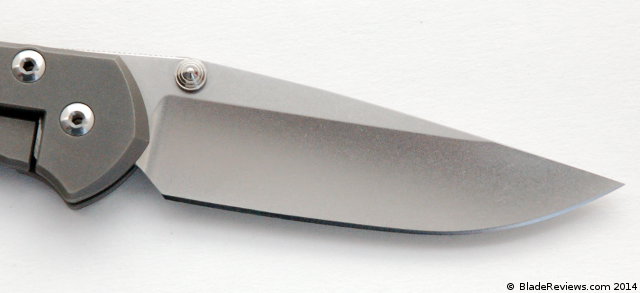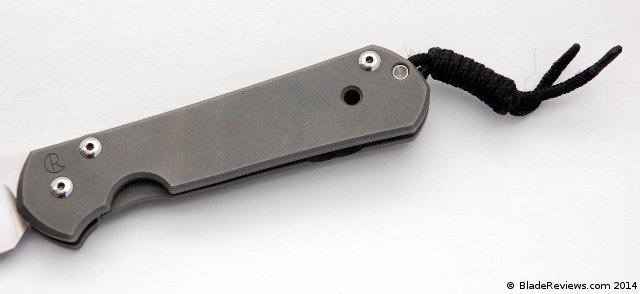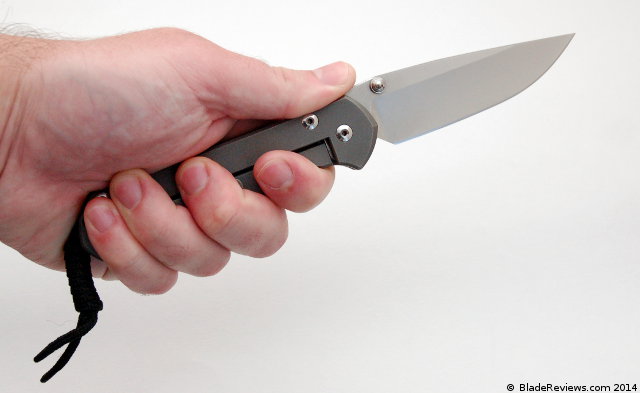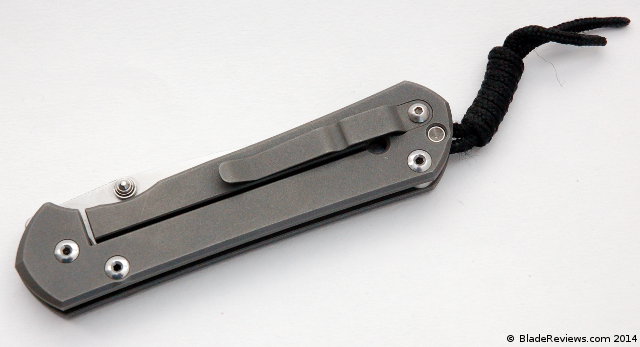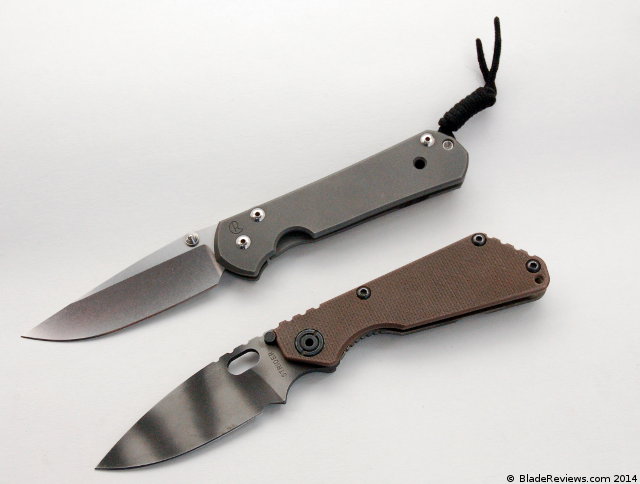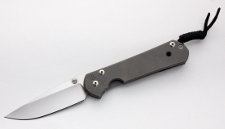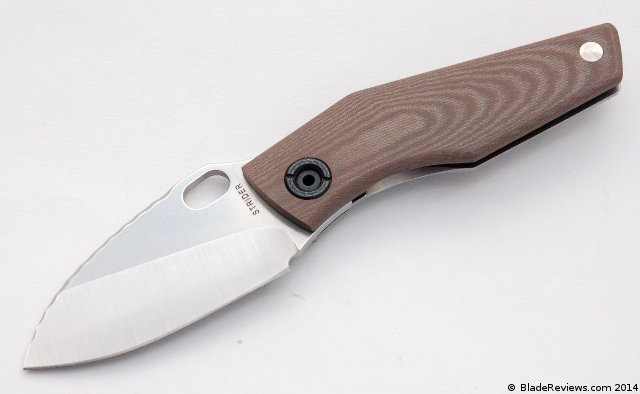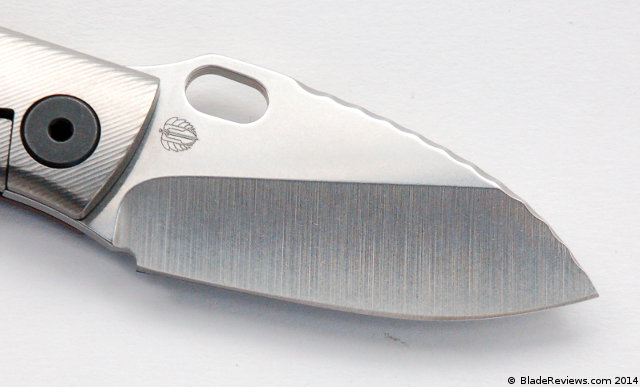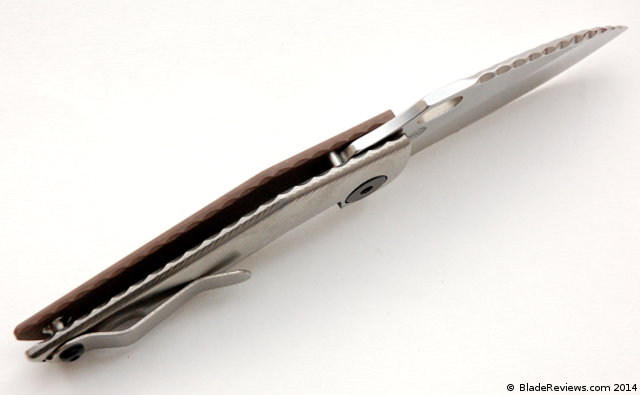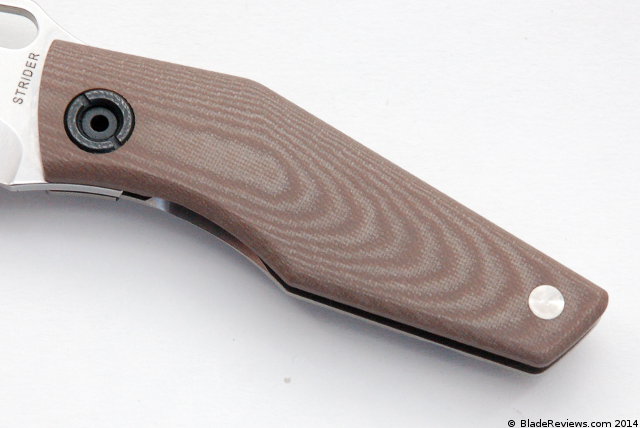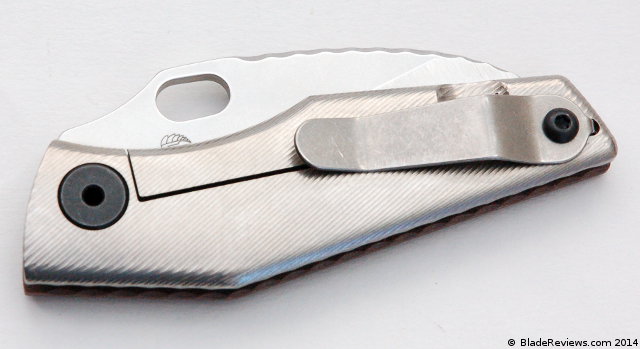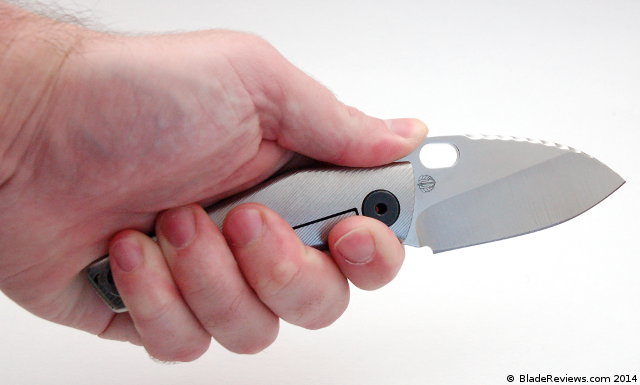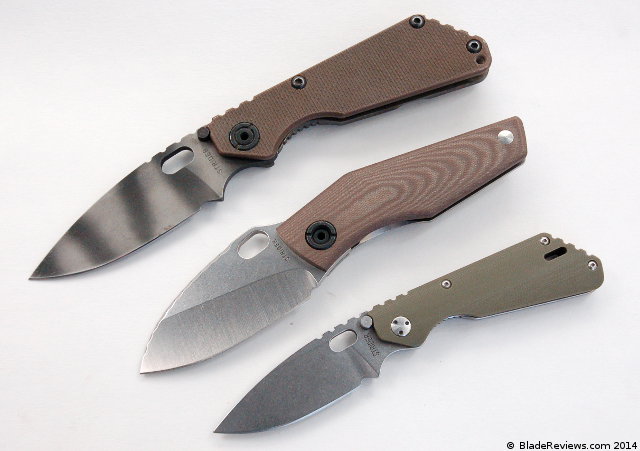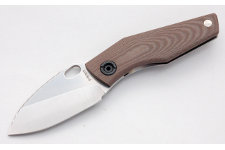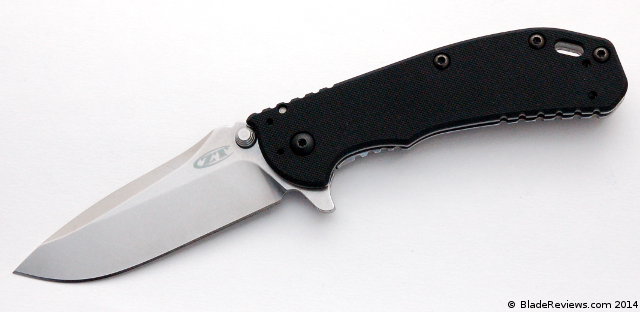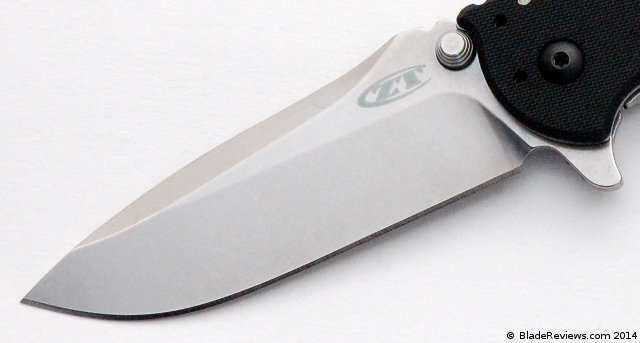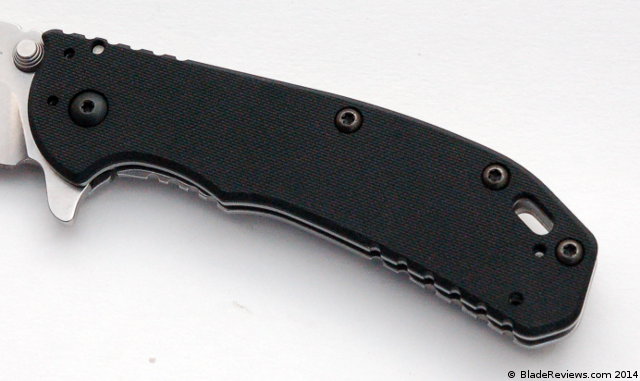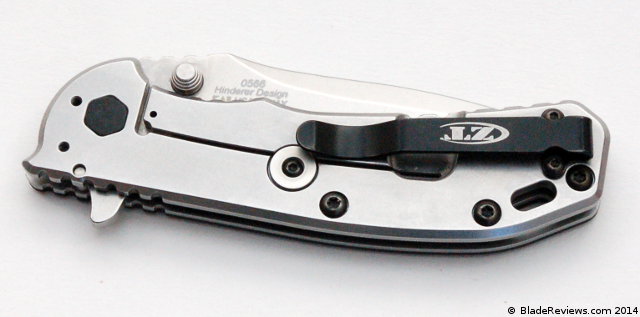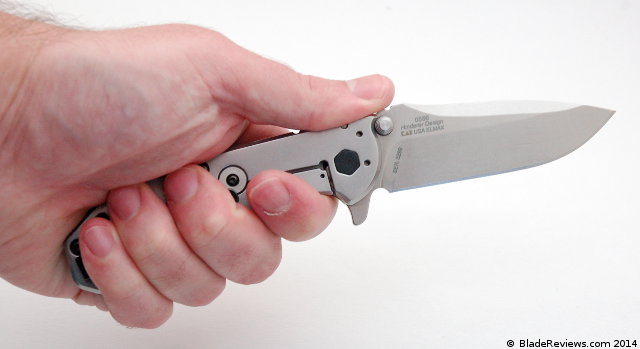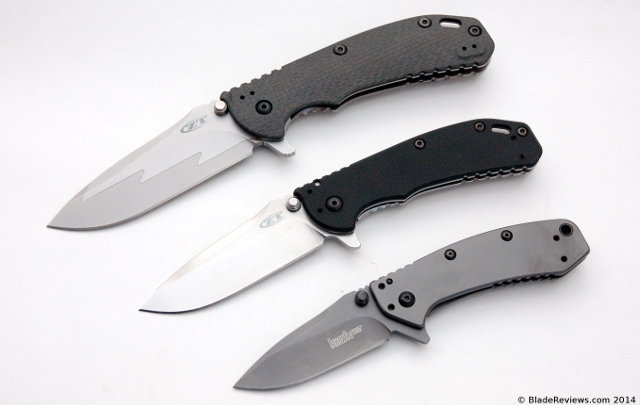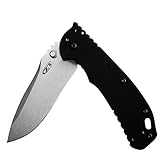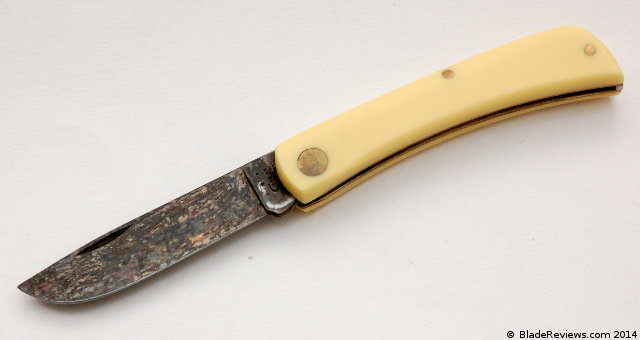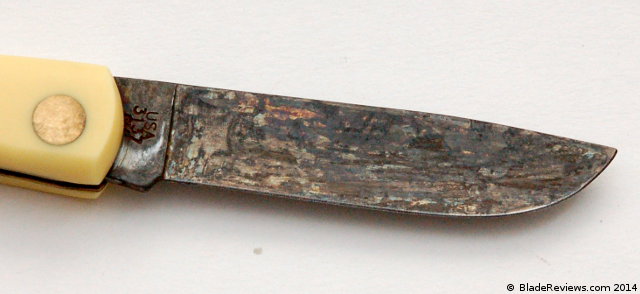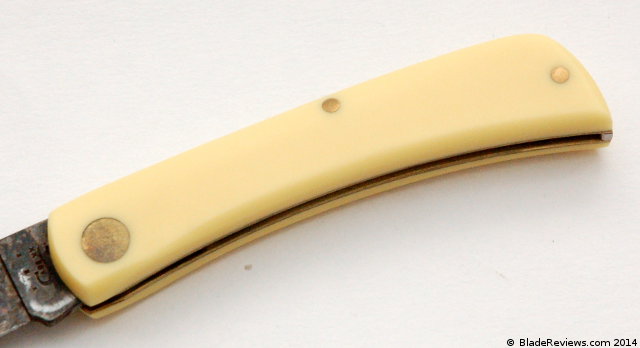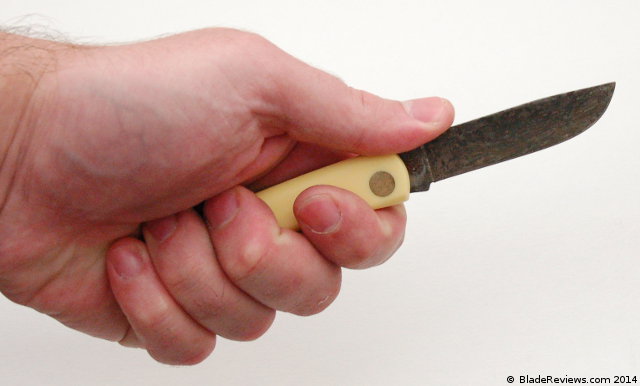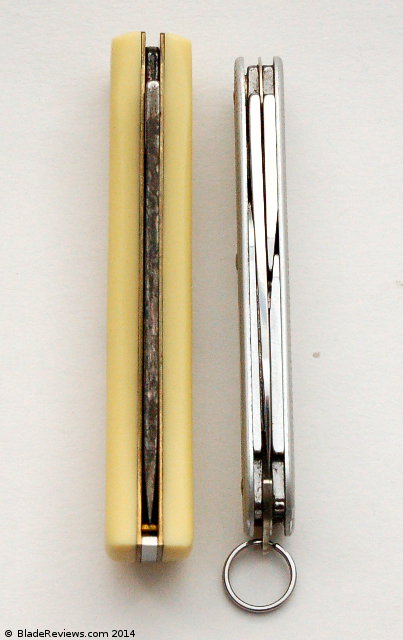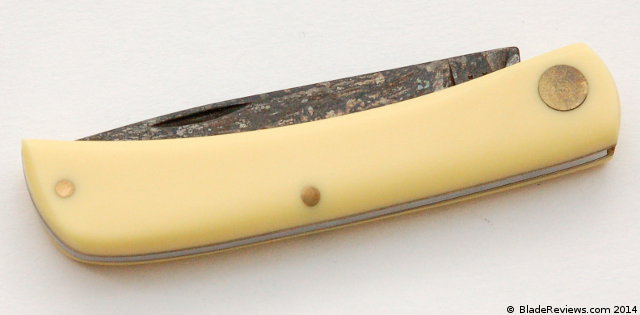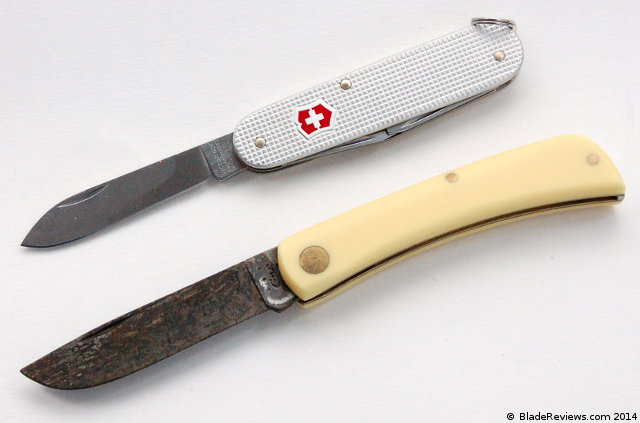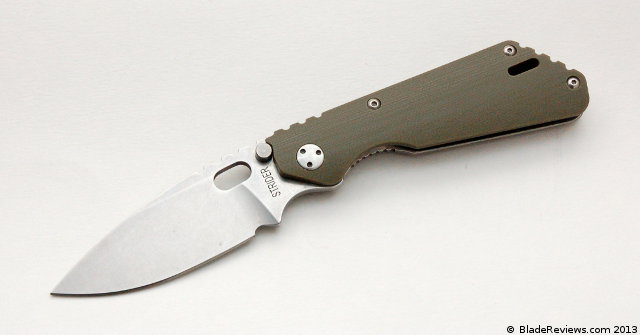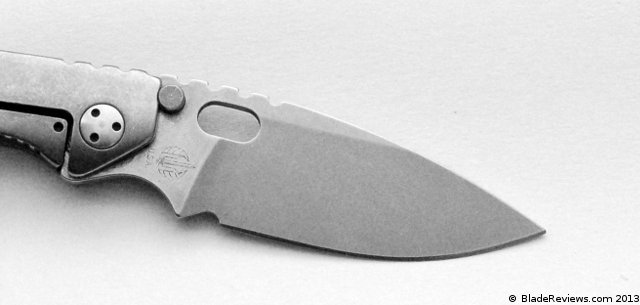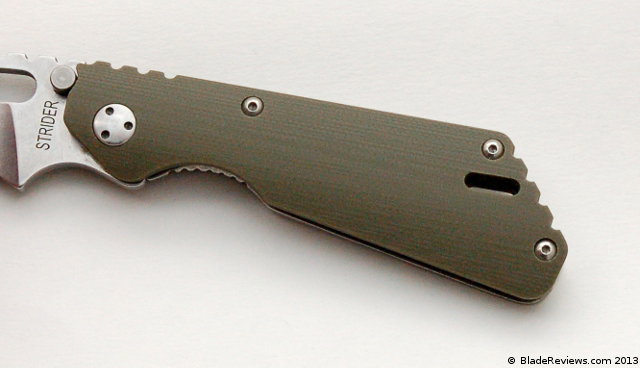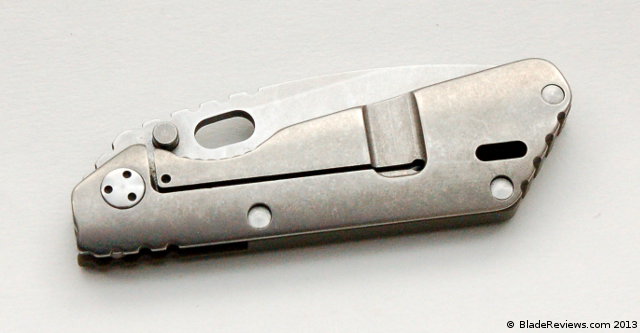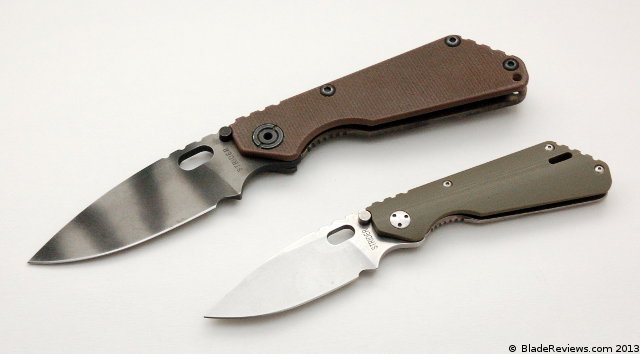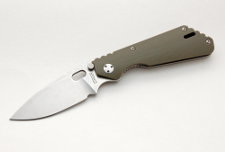Last Updated: January 10, 2018
When I think Chris Reeve Knives, I first think of the Sebenza, their flagship blade. Then my mind wanders to the Umnunzaan, their amped up tactical offering. Only after sampling both of those knives did I take a genuine interest in the Mnandi. It was one of those knives that I knew that I wanted to check out, but would have to get around to it eventually. My guess is that frame of mind holds true for a lot of collectors, especially those getting into knives within the past 10 years like I did in the middle of the tactical knife boom.
And that is a shame because the Mnandi is a really nice knife. Before moving forward with this Chris Reeve Mnandi review, I need to disclose that my Mnandi was built in 2011. Chris Reeve has since made some subtle refinements to the knife. Most notably, the pocket clip has been changed to a hidden hardware design, and the blade steel has been upgraded to S35VN over the S30V model shown here. Finally, the nail nick has been changed slightly. Some prefer the old style nail nick show.
General Dimensions and Blade Details
The Mnandi has an overall length of 6.375″, sports a 2.75″ blade, and weighs 1.5 ounces. The knife is firmly in the EDC or gentleman’s folder segment. I carry mine to the office no problem and prefer it over a bulkier knife for EDC. It could easily fall into the collectible market given the wide range of inlays available, although I do believe that this is a knife that was made to be used.
The blade shape is a modified clip point design. I like the lean, aggressive profile of the blade, and the angular nail nick further accentuates that low slung profile. The short belly terminates at a fine upswept tip, and the hollow ground blade has been given a nice satin finish. Like the other CRKs I have handled, the spine is nicely rounded. This blade shape is fine for EDC, easily opening mail, breaking down packages, and taking care of other minor chores around the house and office.
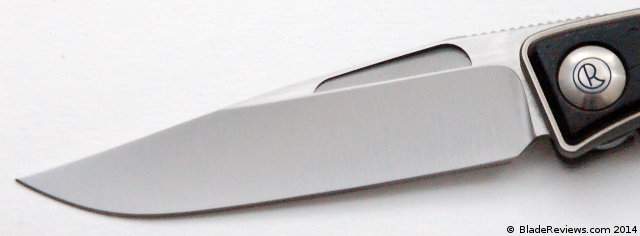
Blade steel on this particular knife is S30V, although if you were to buy a Mnandi new today it would likely come in S35VN. I was surprised to get a little flak in my large Sebenza review for reviewing an old model of the knife with S30V instead of S35VN. Practically speaking there is very little difference between the two steels. At higher hardnesses the S35VN will be a little easier to sharpen, but beyond that most people won’t notice much of a difference. I found the S30V on this knife very easy to maintain. Chris Reeve Knives is known for heat treating their blades on the softer side to aid in ease of sharpening. I don’t have a problem with that when it comes to my EDC knives, but edge retention junkies would prefer a harder heat treat.
Handle, Ergonomics, and Pocket Clip
The handle of the Mnandi is where things really start to get interesting. The knife is available with a large number of exotic wood inlays and is even offered with mammoth ivory bark and bone. My knife happens to have an African Blackwood inlay. Underneath the wood scales is full titanium construction. One thing I never really noticed about the Mnandi until I got one in my hand is that the titanium is actually two-toned. The flats have been given a satin finish while the edges are media blasted. It’s a really nice detail. On the back side of the knife you have a very nice flow through design. There is a single decorative standoff and a stop pin.
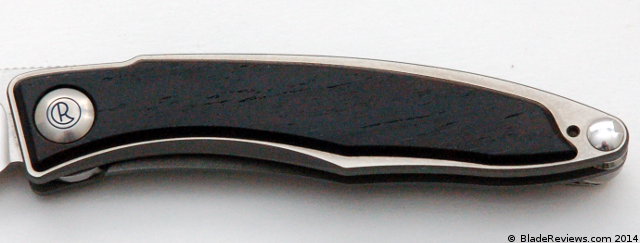
The Mnandi is a small knife but the handle offers plenty of room for a full grip and the knife is surprisingly comfortable to use. The arced handle supports your fingers much in the same way the Spyderco Dragonfly does, and you have some excellent jimping on the spine of the blade as well. CRK really knows how to get jimping right. It’s not thumb-shreddingly aggressive, but it provides enough traction to keep you in the game. Between the wood onlays, titanium handles, and 3d machined pocket clip you have a decently thick and comfortable handle. I wear a large glove and for a small knife, the Mnandi really works ergonomically.
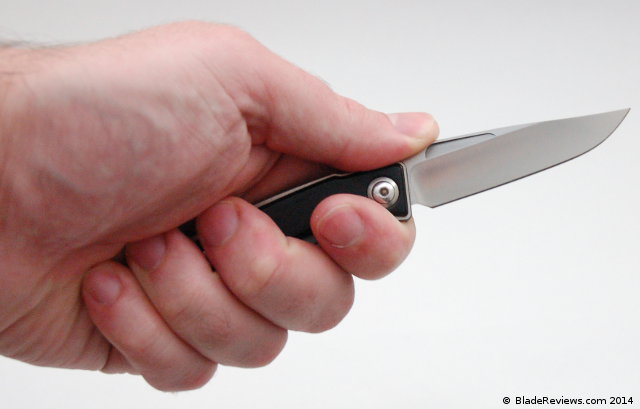
The pocket clip is one of my favorite details of the knife. It is a 3-D machined stainless steel clip. It buries the knife in your pocket, is very secure, is discrete, but also has a nice decorative element to it. I’ve reviewed well over 100 knives on this site, and this is definitely the nicest clip I have come across so far. Chris Reeve recently updated the clip, making it a hidden hardware (no visible screws) design. It’s impressive that they figured out a way to improve on this already awesome pocket clip.
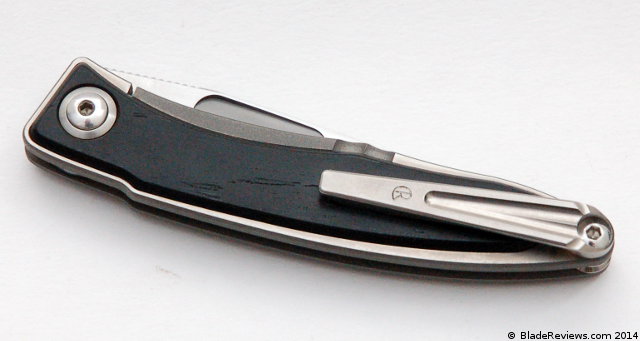
With all that said, my favorite way to carry the Mnandi is in the little leather slip sheath it came with. I haven’t tried to hide my love affair with the Victorinox Alox Cadet, one of my all time favorite EDC knives. A big part of the reason why I like that knife is because it’s perfect for pocket carry. Well, the Mnandi is also great for pocket carry, and if you use the leather sheath it helps protect the knife from getting beat up in your pocket. I highly recommend buying the leather slip sheath if yours doesn’t come with one.
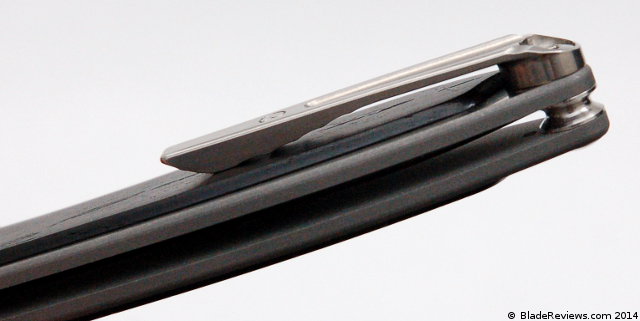
Deployment and Lockup
The Mnandi relies on a stylized nail nick for opening. Visually, the nail nick really suits the design, and it works fine for one hand opening too. It’s ambidextrous, and I am pleased to report that I can open the knife left handed without much trouble. The action on my knife is super smooth. Like all of the other CRK offerings, this blade rides on phosphor bronze washers, and it has a smooth, glassy action that I find extremely satisfying. This is what owning a CRK is all about. It’s also worth mentioning that the pivot hardware is all custom, with the Chris Reeve logo engraved on the show side, and a collared pivot on the other.
For lockup you have a Chris Reeve Integral lock. My particular knife locks up late, but it’s very secure and there is no stick or issues with it. There isn’t much else to say although I will mention that blade centering is perfect.
Chris Reeve Mnandi Review – Final Thoughts
The Mnandi is the third model I have sampled in the CRK lineup, but it may very well be my favorite. Everyone is different, but these days I really get a lot of mileage out of small EDC knives that I can pocket carry. The Mnandi is about as good as it gets in that department. This knife is perfectly executed, has a lot of interesting details, and has been very satisfying to own. I can’t think of much to complain about, although I fully appreciate that for many, the $375.00 price tag will be a non-starter.
It’s small and expensive, so I’m not saying this one is for everyone, but if you have any interest in the Mnandi do yourself a favor and buy one. I have really enjoyed mine.
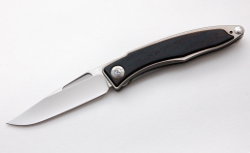
Chris Reeve Mnandi – From $375.00
From: BladeHQ
I recommend purchasing the Mnandi at BladeHQ or KnifeArt. Please consider that purchasing anything through any of the links on this website helps support BladeReviews.com, and keeps the site going. As always, any and all support is greatly appreciated. Thank you very much.
